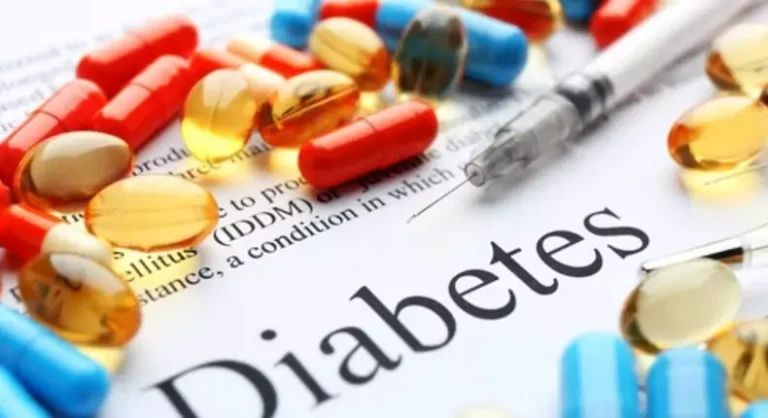By Debra Hull
November is Diabetes Awareness Month. Consider your risk factors and see your doctor for a screening.
Farmers are busy people, and they often put their work responsibilities ahead of their own health needs. As a member of a farm family, Debra Hull, BSN, RN, CDCES, understands that. She combines her knowledge as a diabetes educator for Mosaic Medical Center in Maryville, Missouri; her ag background; and her experience as a person with type 1 diabetes to help her rural community prevent and manage the disease.
“I’ve had type 1 diabetes for nearly 47 years. It’s an autoimmune disease. We begin taking insulin immediately and will be taking it for the rest of our lives,” Hull says.
With type 2 diabetes, a person’s ability to make insulin decreases over time. “They may be able to control type 2 with lifestyle in the beginning if it’s caught early enough,” she says. However, it’s a progressive disease that, over time, usually requires increased medication and possibly even insulin.
“People ask which is the good diabetes, and I say, ‘There is no good or bad diabetes. There’s diabetes in control or diabetes out of control,’” Hull says. “No matter what type you have, you can control it. See your doctor regularly. Screenings and regular visits give you a greater chance to catch issues early before they become a big problem.”
Rural diabetes rates are higher
According to the Centers for Disease Control (CDC), 11.3% of Americans have diabetes. That’s 37.5 million people, and one in five don’t know they have it. Another one in three has prediabetes.
The CDC reports that rural residents are 17% more likely to have type 2 diabetes than their urban counterparts. “We’re remote. We have to drive everywhere we go. We have less access to fresh produce every single day at the grocery store,” Hull says. “There are so many layers to that.”
10 tips for diabetic farmers
Hull says, “Don’t be that person who sticks their head in the sand and pretends they don’t have diabetes. You will never regret managing your diabetes. If you don’t make time for your health today, you will likely be forced to take more time dealing with illness later.” She offers these tips for farmers with diabetes:
Attend diabetes education classes and remember that it’s your responsibility, not your spouse’s or child’s. “Diabetes is the most interactive disease on the market,” Hull says.
Avoid sugared drinks; try water or no-carb drinks.
Say no to nicotine, which affects glucose control.
Avoid sitting for extended periods. Park the ATV and walk more instead. Exercise lowers glucose.
Pack your cooler with healthy foods such as sandwiches made with low-carb bread, nuts instead of chips, low-carb yogurt instead of dessert, and veggies. For snacks, pack hard-boiled eggs, low-fat cheese sticks, nuts, or avocados. This will help you avoid fast food and gas station snacks.
Consider new technology like Frio insulin coolers (frioinsulincoolingcase.com) that can keep insulin cool for up to two days and the CeQur insulin patch (myceqursimplicity.com), which holds mealtime insulin discreetly on you and administers it with a button click.
Always have a source of quick-acting glucose on you if you are insulin-dependent or on sulfonylureas, and make sure those around you are aware of your situation.
Have your glucometer with you at all times if your doctor has recommended frequent blood glucose testing.
Maintain an ideal weight.
Protect your organs from damage by monitoring your ABCs (A1C, blood pressure, and cholesterol). Have all recommended screenings, including annual eye and foot exams. Protect your feet by wearing proper-fitting shoes, keeping socks dry, and avoiding frostbite. Work with your physician for guidance on potential changes to your diabetes management or medication adjustments.
Get screened for diabetes
Because the symptoms of diabetes may not be apparent at first, the American Diabetes Association recommends all adults be screened for prediabetes and type 2 diabetes every three years, beginning at age 35.
Additionally, overweight or obese adults should be screened, especially if they have a close relative with diabetes or have low levels of physical activity. Those with hypertension, high cholesterol, and polycystic ovary syndrome are at a higher risk, as are African Americans, Latinos, Native Americans, Asian Americans, and Pacific Islanders.
“Both farming and diabetes are high-demand occupations,” Hull says. “When you attend to diabetes first, then that can free you up to have the focus and energy you need to attend to the demands of farming.”


